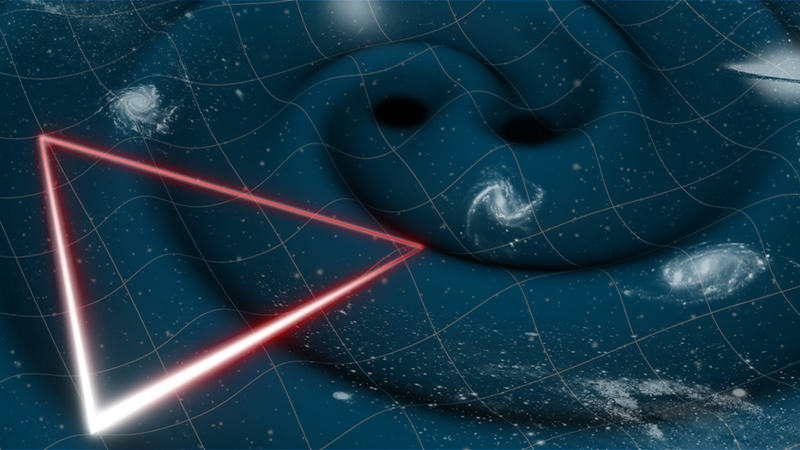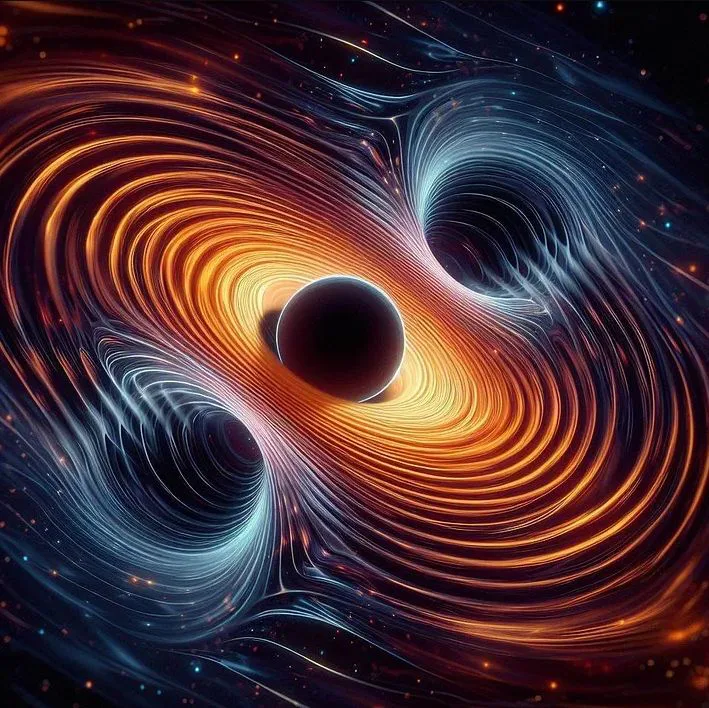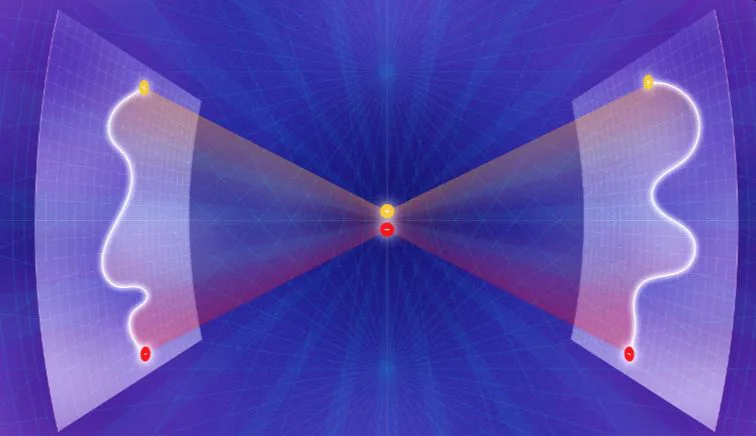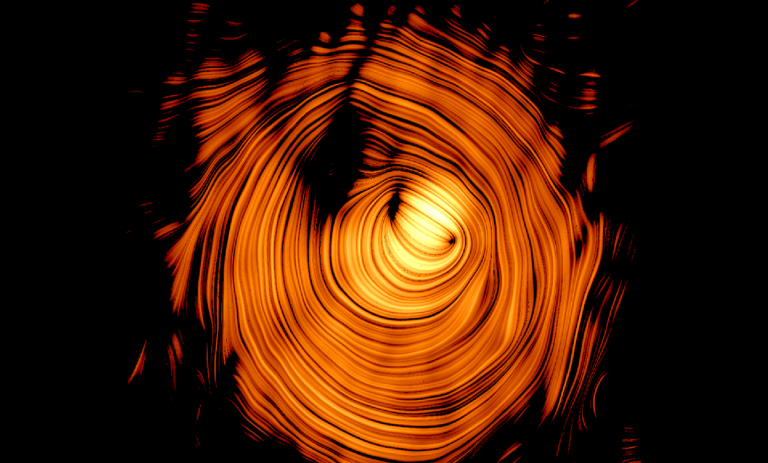
When we talk about the fabric of reality, in terms of physics, we deal with interesting abstractions and tonnes of complexities. One such intriguing concept of Einstein’s theory of general relativity is the existence of gravitational waves.
As the name suggests, these ripples are generated in the spacetime by some of the universe’s most violent and energetic processes, such as mergers of cosmic stars or dent in the landscape due to black holes. Interestingly, whenever these waves pass through, they leave a measurable imprint on the relative positions of objects—a phenomenon known as gravitational wave memory.
Gravitational wave memory is the small but permanent change in the positions of objects after a gravitational wave has passed through. Think of it as a tiny, lasting shift in the “fabric” of space caused by these waves. Studying these shifts can help us understand the basic properties of spacetime itself.
Gravitational Wave Memory: A Tool for Measuring Spacetime Symmetries
Researchers at Gran Sasso Science Institute (GSSI) and the International School for Advanced Studies (SISSA) recently carried out a study into this possibility. The team explored the use of gravitational wave memory as a tool to measure spacetime symmetries.
Spacetime is a framework where all physical events occur. Since, it comprises of the three dimensions of space (length, breadth and height) with the one dimension of time into a four-dimensional continuum. Without spacetime, it is difficult for us to comprehend, space and time independently.
Symmetry, here, refers to a property where a system remains unchanged under certain transformations. For example, a circle remains symmetrical no matter how we rotate it.
So, combining spacetime and symmetries means that there are specific symmetries related to the structure of spacetime. These symmetries show that the fundamental properties of spacetime remain unchanged under various transformations.
Displacement and Spin Memory in Focus
To understand these symmetries, the study focused on the following two key phenomena:
- Displacement Memory: It refers to the permanent shift in the distance between objects caused by a gravitational wave.
- Spin Memory: It involves changes in the angular momentum of objects.
By tracking these two effects, the scientists look forward to unravel new dimensions of our understanding of spacetime. Or maybe surface some hidden aspects of symmetry and structure, which we are still not aware of.

Connecting Gravitational Wave Memory and Quantum Mechanics
Boris Goncharov, co-author of the paper, explained how he connected the dots between gravitational wave memory and its connection with low-energy physics and quantum mechanics.
Low-energy physics refers to the energy scales where quantum field theories accurately describe physical processes, and quantum gravitational effects are not significant. At this level, the behavior of quantum particles, such as those involved in gravitational waves, can be observed.
During his Ph.D. studies Goncharov encountered Weinberg’s soft graviton theorem while discussing gravitational wave memory. As a result, this steered his research trajectory towards the “Infrared Triangle,” which connects the soft theorem with gravitational wave memory and the symmetries of spacetime at infinity from gravitational wave sources.
Weinberg’s soft graviton theorem and the ‘infrared triangle’ are both mathematical frameworks that describe aspects of gravitational wave memory.
- Weinberg’s soft graviton theorem helps us understand how gravitational waves can permanently alter the shape of spacetime, even after the waves move away. Its like dropping a stone into a pond, which leads waves to spread out across the water surface. Now, even after the waves have stopped, the water surface isn’t exactly the same as it was before—they leave tiny long-lasting ripples.
- On the other hand, the infrared triangle connects complex ideas to things we can actually observe. It shows how the soft graviton theorem relates to bigger ideas about the nature of spacetime.
Goncharov added that by leveraging gravitational wave memory to probe spacetime symmetries, they are exploring how Einstein’s General Relativity aligns with the rules of quantum physics.
Despite General Relativity’s century-long success and its lack of natural fit with the microscopic world; He is optimistic about the approach, believing it could lead to a substantial and promising unification in physics.

Takeaway
Detecting these memory effects and spacetime symmetries could provide grounded interpretations of general relativity and quantum field theory. There is also a possibility that it could to lead to new or refined theories about the fundamental nature of the universe.
These advanced methods are helping us in probing the depths of the universe. And I feel, we inch closer to unravelling some of the most profound mysteries of existence.
Via: Physics Magazine



